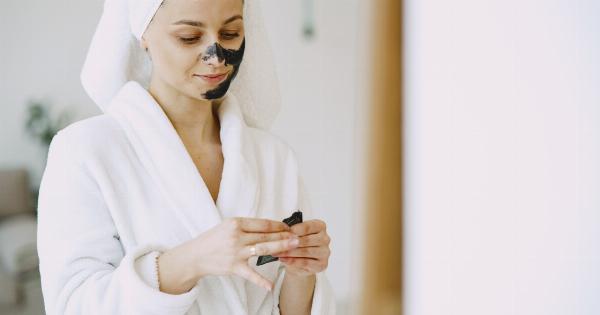Lorem ipsum dolor sit amet, consectetur adipiscing elit. Fusce laoreet elementum orci eget iaculis. Integer consectetur tincidunt metus, eget eleifend neque tempor eu. Aenean ut imperdiet urna. Ut semper metus libero, nec gravida tellus sollicitudin a.
Vestibulum id velit id nisl consectetur tincidunt vitae ut odio.
The Basics of Acne
Acne is a common skin condition that affects millions of people worldwide. It occurs when the pores of the skin become clogged with oil, dead skin cells, and bacteria.
Acne can manifest in various forms, including whiteheads, blackheads, pimples, and cysts. It primarily affects the face, neck, chest, and back.
Causes of Acne
There are several factors that contribute to the development of acne. Hormonal changes, particularly during adolescence, play a significant role in the onset of acne. Increased oil production, known as sebum, can clog the pores and lead to breakouts.
Additionally, certain medications, genetics, and lifestyle factors such as diet and stress can also contribute to the occurrence of acne.
Types of Acne
Acne can present itself in various forms, each with its own characteristics and severity. The most common types of acne include:.
1. Whiteheads
Whiteheads are small, flesh-colored bumps that develop when pores become clogged with oil and dead skin cells. The clogged pore remains closed, resulting in a white or yellowish appearance on the skin’s surface.
2. Blackheads
Blackheads are similar to whiteheads but have open pores. The pigments in the clogged pore react with air, giving them a black or dark appearance on the skin’s surface.
3. Papules
Papules are small, raised bumps that occur when the walls of the skin’s pores break down. They are typically red and tender to the touch.
4. Pustules
Pustules are similar to papules but contain pus. They appear as red bumps with a white or yellow center.
5. Nodules
Nodules are larger, solid bumps that develop deep within the skin. They are often painful and can persist for weeks or months.
6. Cysts
Cysts are the most severe form of acne and occur when clogged pores become infected. They are large, pus-filled lumps that are often painful and can leave behind permanent scars.
Treatment Options for Acne
Effective treatment of acne depends on the severity and individual factors. Some common treatment options include:.
1. Topical Medications
Topical medications, such as retinoids and benzoyl peroxide, are commonly used to treat acne. They work by reducing oil production, unclogging pores, and fighting bacteria.
2. Oral Medications
In more severe cases, oral medications like antibiotics, hormonal therapy, or isotretinoin may be prescribed by a dermatologist to control inflammation and reduce the prevalence of acne.
3. Lifestyle Changes
Adopting healthy habits can also help manage acne. This includes regular cleansing of the skin, avoiding excessive oil-based products, and maintaining a balanced diet.
4. Professional Treatments
Dermatologists may offer additional treatments such as chemical peels, laser therapy, or extractions to target specific types of acne and improve the overall appearance of the skin.
Preventing Acne
While it may not be possible to prevent acne entirely, there are steps you can take to reduce the likelihood of breakouts. This includes:.
1. Proper Skincare
Establishing a regular skincare routine that includes gentle cleansing, exfoliation, and moisturizing can help keep the skin clean and prevent clogged pores.
2. Hands Off
Avoid touching your face excessively, as it can transfer bacteria and oil from your hands onto the skin, potentially leading to breakouts.
3. Healthy Lifestyle
Leading a healthy lifestyle that includes a balanced diet, regular exercise, and stress management can contribute to overall skin health and potentially reduce the occurrence of acne.
Conclusion
Acne is a common skin condition that can significantly impact an individual’s self-esteem and overall well-being. Understanding the causes, types, and available treatment options is crucial in managing acne effectively.
By adopting a personalized approach to skincare, making lifestyle modifications, and seeking professional guidance when needed, individuals can take control of their acne and regain confidence in their skin.




























